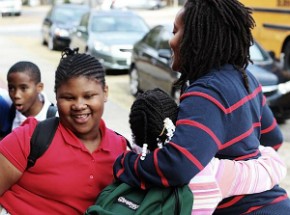Metanoia’s work: Grassroots change in North Charleston

In 2002 Bill Stanfield and his wife Evelyn Oliveira moved to Chicora-Cherokee, a distressed neighborhood in North Charleston, South Carolina. The couple had been commissioned by the Cooperative Baptist Fellowship of South Carolina and assigned to Chicora-Cherokee as part of an antipoverty effort. Having been trained in asset-based community development, they were determined to avoid imposing any solutions from the outside.
“The worst case scenario,” Stanfield says, “is to have nonresidents come in from the outside and attempt to fix problems that they don’t actually live with. Outside agencies get larger, while the problems remain or even grow. . . . Truly sustainable change,” he says, “needs to start not with the community’s problems, but rather with its assets. It’s the difference between charity and investment.”
Stanfield and Oliveira soon met Tony Joyner, a resident of Chicora-Cherokee, and invited him to join a community advisory council. Joyner had been running an after-school computer lab for youth at a local community center. When he and another volunteer took new jobs, the program was forced to shut down. “About 70 kids came through [the computer lab] every day,” Joyner explains, “and now they were doing nothing.”




